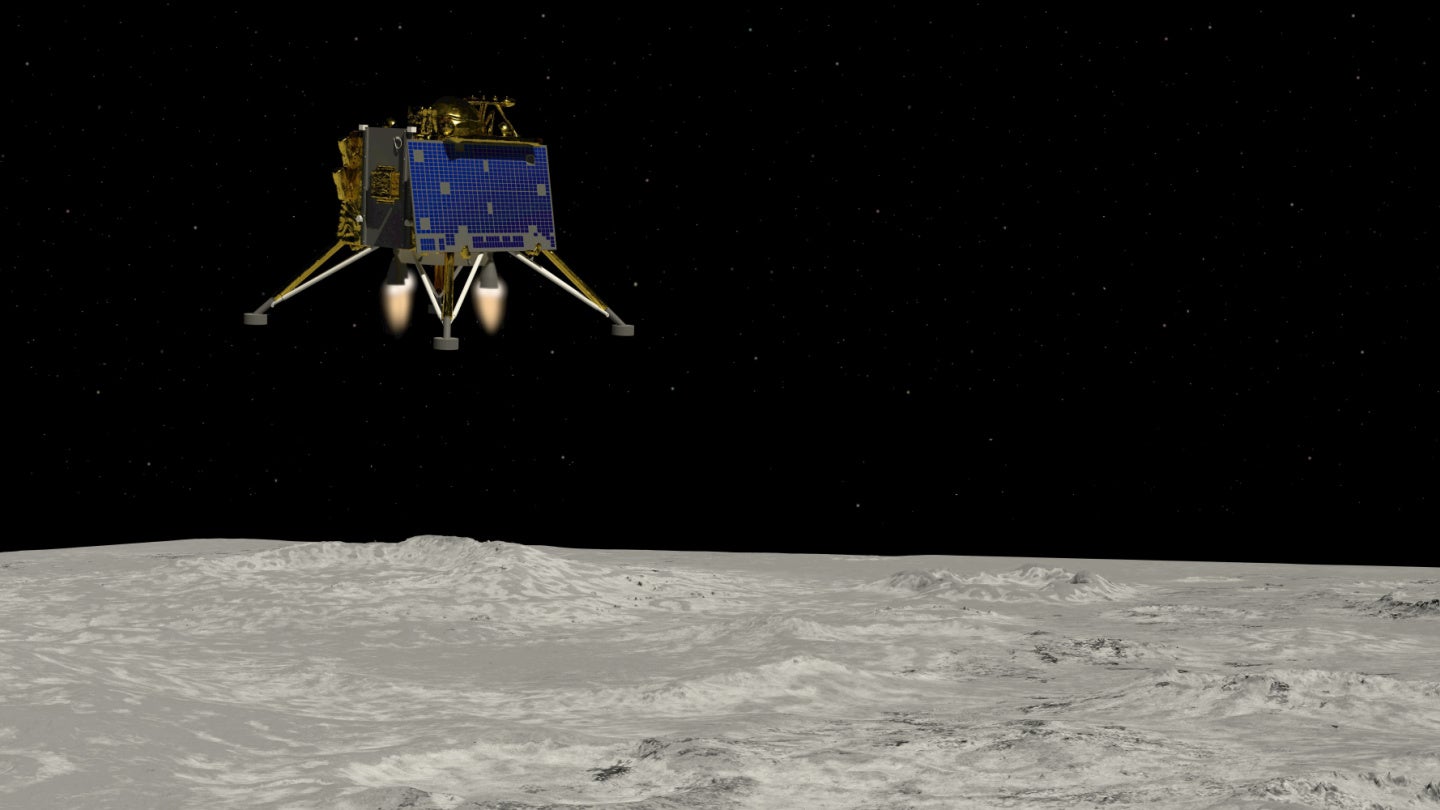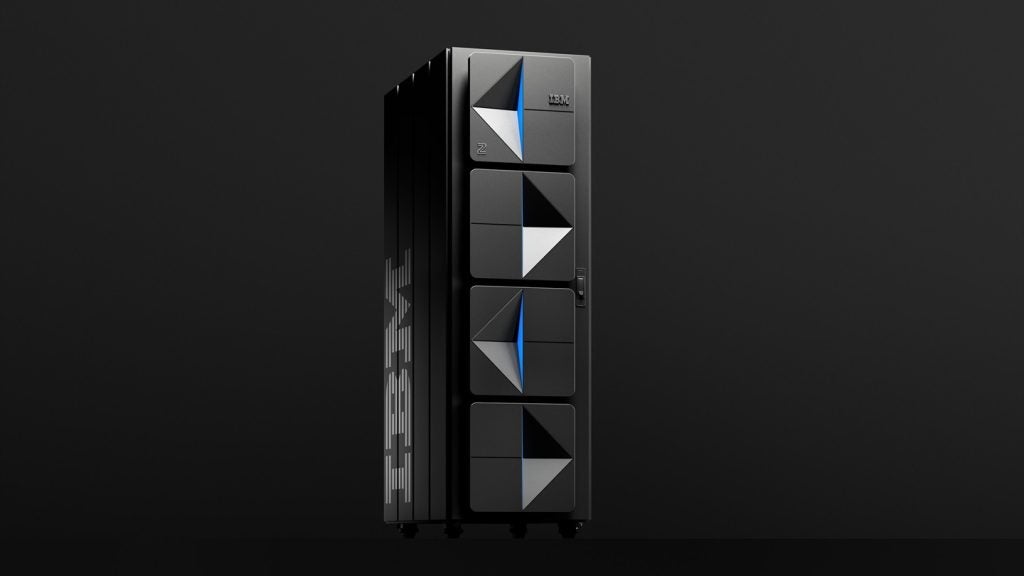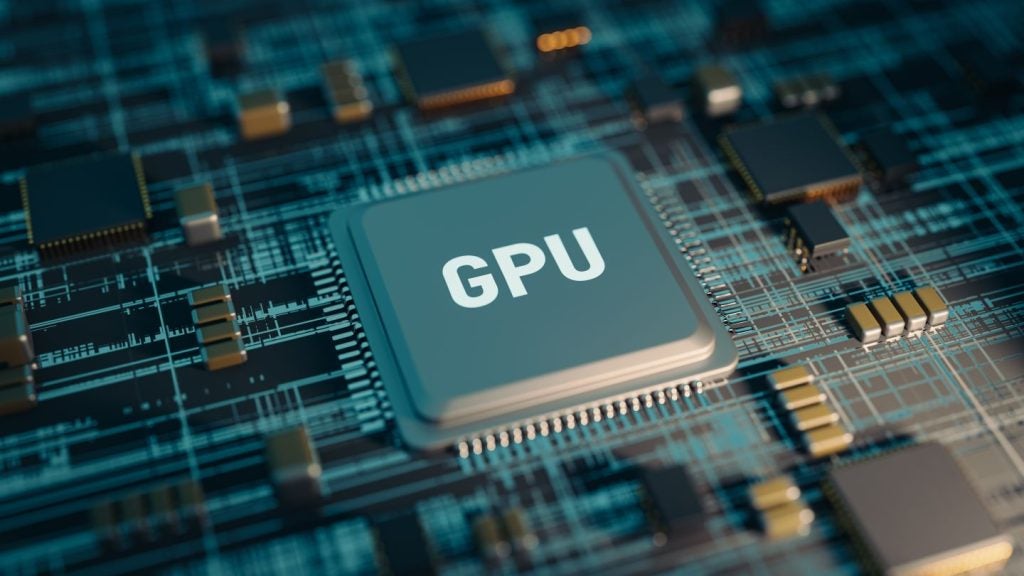From the initial struggles of engineers carrying rocket parts on their bicycles to the recent triumph of Chandrayaan-3’s launch with a budget of $90m, India’s strides in space exploration have captivated the world.
The seeds of India’s space program were sown in 1963 with the ambitious Thumba sounding rocket launch. At that time, the country was grappling with post-independence economic challenges.
From humble beginnings
With meagre resources and serious budgetary constraints, ISRO’s space ambitions seemed audacious to most. However, the launch of sounding rockets—used for conducting scientific experiments in the upper atmosphere—marked the genesis of a dream that would soon propel India into the vanguard of space exploration.
Fast forward to the present, and India’s space program is poised to achieve yet another milestone with the upcoming Chandrayaan-3 mission. The much-anticipated lunar mission promises to be a resounding success, building upon the valuable insights gathered from its predecessors.
Chandrayaan-3 the precision of orbital mechanics
As Chandrayaan-3 nears the conclusion of its Earth-bound phase, the spacecraft is now poised to execute the all-important lunar insertion manoeuvre. During this pivotal move, the spacecraft will position itself precisely to align its trajectory with that of the Moon. This delicate process requires meticulous calculations and precision thruster firings to ensure a seamless transition from Earth’s orbit to a lunar trajectory.
Orbital mechanics lie at the heart of Chandrayaan-3’s voyage. Every orbital adjustment and trajectory correction demands mathematical precision and thorough analysis of gravitational interactions. Based on the calculations, the spaceship is expected to attempt a soft landing with a rover and a lander at the Moon’s South Pole.
Artificial intelligence boosts Chandrayaan space exploration
A pivotal factor behind India’s space successes lies in its adept integration of artificial intelligence (AI). With its predecessor, Chandrayaan-2, the AI-powered Pragyaan launch vehicle showcased the nation’s proficiency in harnessing cutting-edge technologies. By processing vast amounts of real-time data, AI has significantly enhanced the efficiency and precision of space missions.
The burgeoning space economy has also yielded tangible economic benefits. The demand for high-strength steel, a vital component of rockets, has surged, bolstering India’s domestic steel industry. Furthermore, the space program’s growth has fostered a robust ecosystem of suppliers and collaborators, creating a ripple effect that strengthens India’s manufacturing capabilities.
Onward and upward – Gaganyaan
Fuelled by its successes, India’s space program has set its sights on even higher ambitions. ISRO is developing the Human Rated Launch Vehicle (HRLV), a modified version of the formidable Launch Vehicle Mark III (LVM3), primed for crewed spaceflight. Gaganyaan, India’s first crewed mission, is predicted for 2025, a defining moment in the country’s space odyssey.
With plans to carry three astronauts into space, India is on the verge of achieving a feat that places it in an elite league of nations capable of human space exploration. Simultaneously, ISRO is expected to leapfrog the space race with its upcoming Aditya L1 mission, which is set to study the Sun’s outermost layers. From a nation grappling with economic constraints to a trailblazer in the global space economy, India’s space odyssey is an inspiring testament to resilience, innovation, and unwavering determination.








